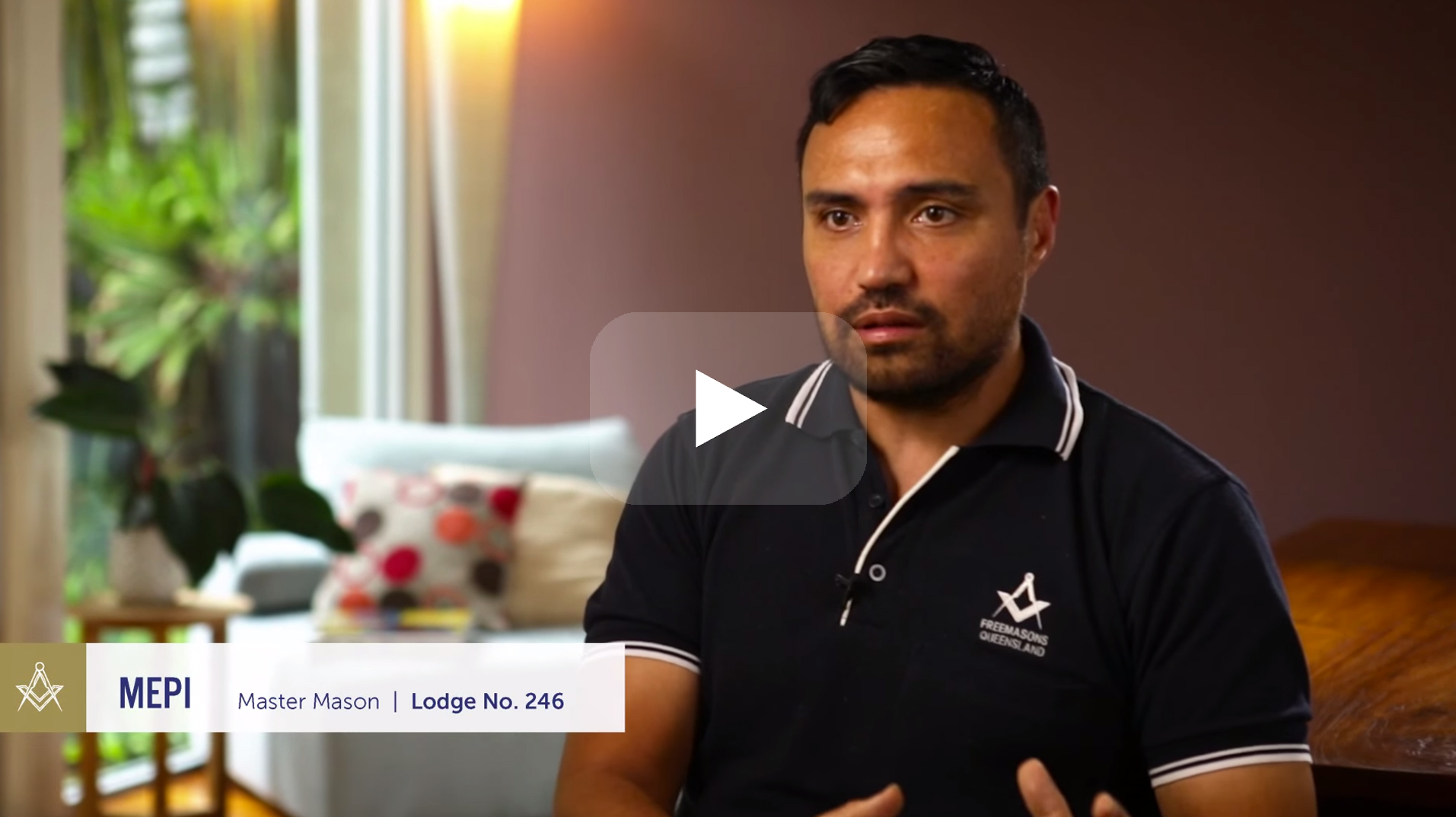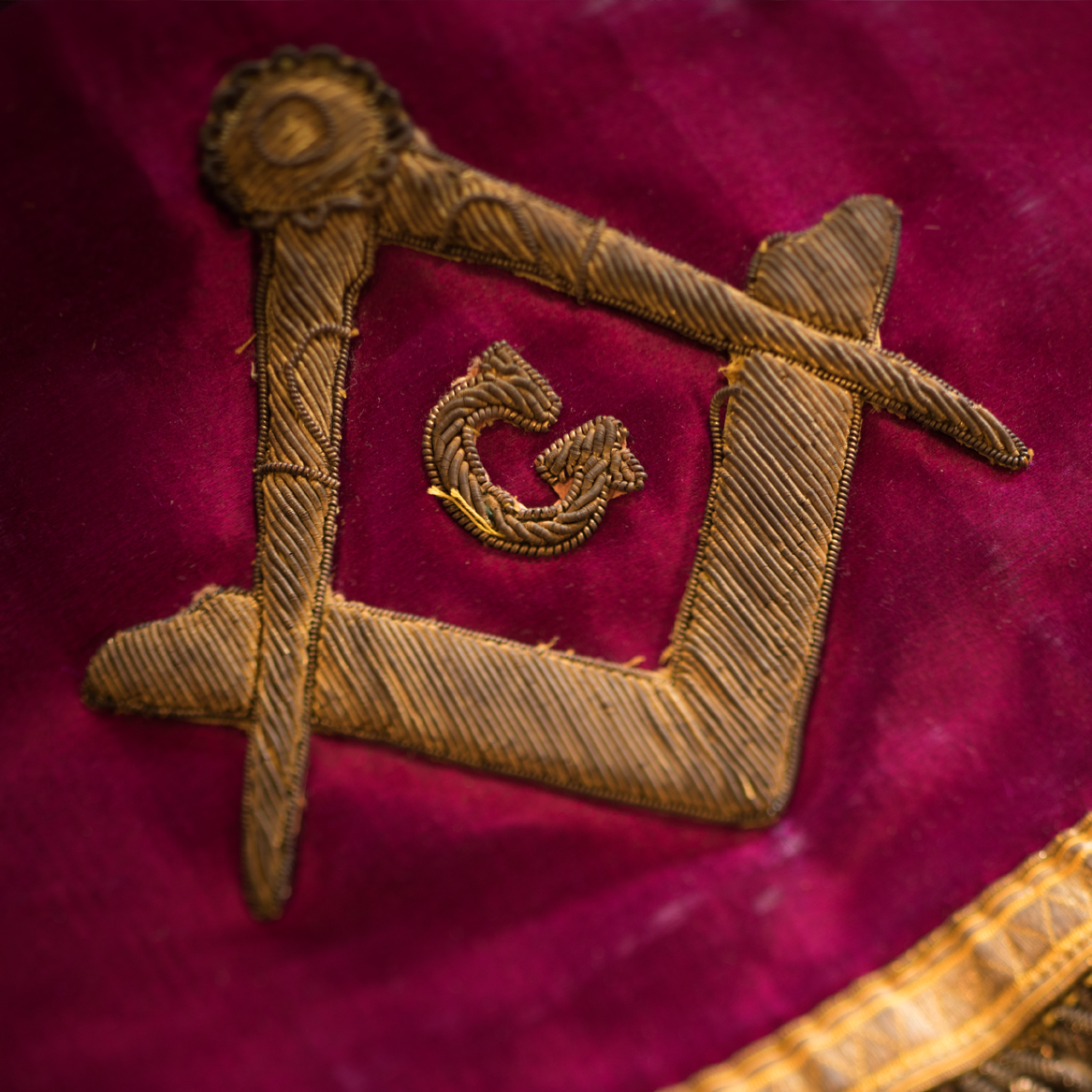Learn the Steps and Ways to Join Freemason Across the World
Learn the Steps and Ways to Join Freemason Across the World
Blog Article
Exploring the Mysteries of the copyright: What You Need to Know
The copyright, a term often shrouded in intrigue and debate, represents a complex tapestry of historical fact and contemporary myth. Established in the late 18th century, this secret culture was initially rooted in the Enlightenment's ideals yet has since ended up being identified with conspiracy concepts concerning elite control. As we browse the beginnings, vital numbers, and the raw comparison between misconception and fact, one must think about exactly how these stories influence contemporary assumptions of power and privacy. What could be exposed with a better evaluation of these aspects can challenge long-held presumptions concerning the darkness that linger in our culture.
Origins of the copyright
The origins of the copyright are steeped in a blend of historical intrigue and ideological eagerness. Developed in 1776 in Ingolstadt, Bavaria, by Adam Weishaupt, the group was at first created as a secret society targeted at advertising Knowledge suitables such as factor, secularism, and the separation of church and state. join freemason. Weishaupt, a teacher of canon law, looked for to challenge the prevailing authority of the church and state, which he checked out as oppressive organizations suppressing intellectual and personal freedom
The copyright looked for to recruit prominent members from various social sectors, including national politics, academia, and the arts, to foster a network dedicated to these Knowledge principles. The society operated under a veil of secrecy, utilizing coded language and rituals to secure its participants from mistreatment, specifically offered the repressive environment of the moment. The copyright faced substantial opposition from both governmental authorities and religious establishments, which saw the team as a hazard to their power.
Secret Numbers and Participants
Who were the crucial figures that formed the copyright's very early influence and direction? The Bavarian copyright, founded in 1776 by Adam Weishaupt, arised as a reaction to the oppressive societal structures of the time.
An additional considerable figure was Johann Gottlieb Fichte, a famous theorist whose ideas on nationalism and education and learning reverberated with the copyright's objectives. Fichte was not an official member, his thoughtful supports affected the group's ideology. In addition, numbers like the author and philosopher Johann Wolfgang von Goethe were connected with the broader intellectual motions of the time, although their direct participation with the copyright continues to be discussed.
These vital figures added to the copyright's very early direction, pressing the limits of political and social thought, while their cumulative efforts intended to challenge recognized norms and promote a climate of progressive adjustment in Europe. (join freemason)
Myths vs. Reality
Several misconceptions border the copyright, often mixing truth with fiction in a method that obscures its real nature. The notion that the copyright proceeds to put in considerable impact over globe events is a misconception.
Another common myth is that the copyright consists of a network of elite people manipulating international events. In truth, many conspiracy theories exaggerate the group's relevance, associating unfounded objectives to social fads and events. This has caused an oversimplified view of intricate problems.
Furthermore, the portrayal of the copyright in popular culture frequently more distorts its tradition. Movies and literature often tend to sensationalize the organization's duty, producing a story that deviates from historical truths. Comprehending the difference in between the misconceptions and the truth of the copyright is crucial for discerning the authentic effect of this historical group and identifying the broader effects of conspiracy theory theories in contemporary society.

Modern Interpretations
Contemporary interpretations of the copyright commonly show broader social anxieties and a fascination with secrecy and power. This modern lens frequently associates the copyright with conspiracy theory concepts that suggest a surprise elite orchestrates world events, adjusting governments and economies for their own gain. Such stories take advantage of an ingrained wonder about of authority, particularly in times of situation or social turmoil.
In pop culture, the copyright is commonly portrayed as a supreme organization shrouded in enigma, leading to a huge selection of imaginary representations in literature, film, and songs. This representation serves not just to amuse but also to prompt considered the nature of power and control in modern society. Social media has actually additionally intensified these interpretations, permitting for rapid circulation of conspiracy theory concepts and producing communities that share and increase upon these concepts.
Moreover, some modern-day interpretations mount the copyright as an allegory for the complexities of globalization and the interconnectedness of significant people and companies. This point of view encourages an important examination of how power characteristics run in today's world, highlighting the equilibrium between openness and privacy in administration and corporate techniques.
Social Effect and Tradition
Influenced by centuries of intrigue, the social effect and tradition of the copyright prolong far past its historic origins. This secret culture, developed in the late 18th century, has actually penetrated various elements of prominent society, from literary works and film to songs and art. join freemason. The idea of why not try this out the copyright has actually developed right into a sign of conspiracy theory theories, often standing for a perceived concealed power adjusting global events
In literature, authors like Dan Brown have actually woven the copyright into intricate stories, fascinating readers with styles of privacy and power. Movies such as "National Prize" and "The Da Vinci Code" further bolster the appeal of the society, mixing fact with fiction to create appealing stories.

Eventually, the copyright's tradition is a complicated tapestry of misconception and reality, shaping understandings of privacy and you could try these out control in modern discussion. Its long-lasting presence in culture highlights humanity's seasonal mission for understanding hidden truths.

Final Thought
The exploration of the copyright exposes a complex interplay in between historical realities and contemporary myth-making. Established in the Knowledge age, this society intended to challenge overbearing structures, yet its legacy has actually been eclipsed by conspiracy theory theories image source that suggest elite control. Understanding the distinctions between the initial ideals and contemporary interpretations is vital for comprehending the sustaining fascination with the copyright and its substantial impact on social narratives surrounding power and privacy in society.
Report this page